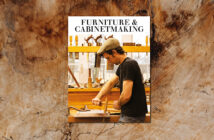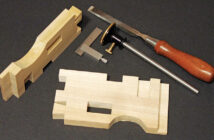D is for Design:
David Waite gets to grips with a new set of skills as he continues his journey to becoming a professional designer-maker.
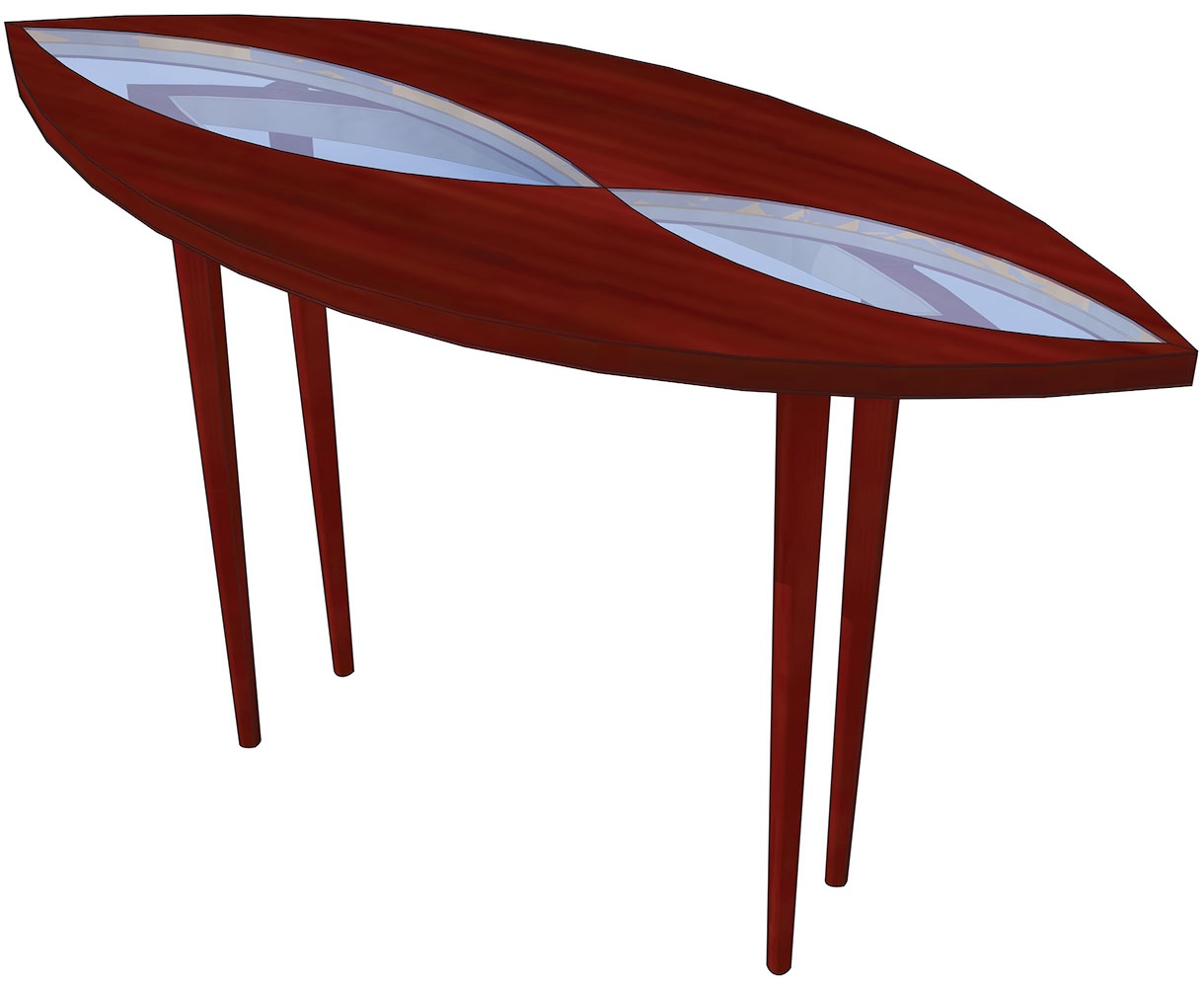
David Waite gets to grips with a new set of skills as he continues his journey to becoming a professional designer-maker
The easier part of embarking on a ‘designer-maker’ course for me and many of the other students at the Waters and Acland furniture school has been the ‘making’. We were very keen to get our tools sharp, took great delight in being able to generate wispy shavings of less than 0.1mm in thickness and eagerly attacked our first set of dovetails. As we approached our first design classes, however, I could not help but feel a degree of trepidation and even a touch of anxiety mixed in with the usual feelings of excitement at doing something unfamiliar!
Calling yourself a designer is a bold and some may say foolhardy statement to make if you have no previous background or formal training in the discipline. That said, being able to describe and translate the ideas in your head for a piece of fine furniture to either inspire or meet a potential client’s requirements is a critical skill needed if you are going to be successful commercially. Equally important is developing the internal ability to know when something looks right or when an idea needs further refinement and detailing. So as much emphasis is placed on trying to develop these skills at the furniture school as on making techniques. We are lucky to have Will Acland, a formally qualified designer, on hand full time to help us on our journey.
A picture can paint a thousand words
One of the key challenges faced by many students is the ability to quickly sketch and draw furniture ideas freehand. My drawing skills are very limited, but with regular sketching and watercolour painting tutorials using drawing techniques such as using your non-natural hand, single line drawing, speed drawing and the use of negative space, marked improvements are possible and confidence was gained by many of us students.
Another critical design tool for the modern-day furniture maker is the use of computer-aided design (CAD) software. There are many programs out there, some extremely sophisticated and expensive, others more simple and cost-effective. We are all taught to use SketchUp at the school as it’s relatively quick and easy to grasp, affordable and there are many tutorials, books and support services available online to help the user. That said, the program has its deficiencies, especially if you want to use it for CNC machining and most students at the school experience a degree of frustration as they learn and especially as they attempt to draw more sophisticated work where an extremely logical and ordered approach and accuracy are required. Luckily Will is a patient teacher and has an unnerving ability to quickly solve problems in minutes that one has been sweating over for hours. As well as allowing us to explore and refine our designs, the other real boon of any CAD program is its ability to quickly produce accurate workshop drawings and cutting lists that are critical in the making process.
A first design brief
As well as talking with us often about the principles of good design (see sidebar below), Will also encourages us to draw inspiration from our surroundings and one of our early briefs was to design a hall table inspired by the Arts and Crafts movement in just four weeks. We are fortunate to be located in Lakeland where a number of leading exponents of the movement worked and where Blackwell House is located. Blackwell is a masterpiece of 20th-century design built by the architect MH Baillie Scott as a holiday home overlooking Windermere for his client Sir Edward Holt and it is a perfect example of the Arts and Crafts style. We spent a very pleasant autumnal afternoon visiting Blackwell, viewing the fine examples of furniture on display and sketching ideas for our brief while eating delicious coffee-and-walnut cake served in the café overlooking the lake.
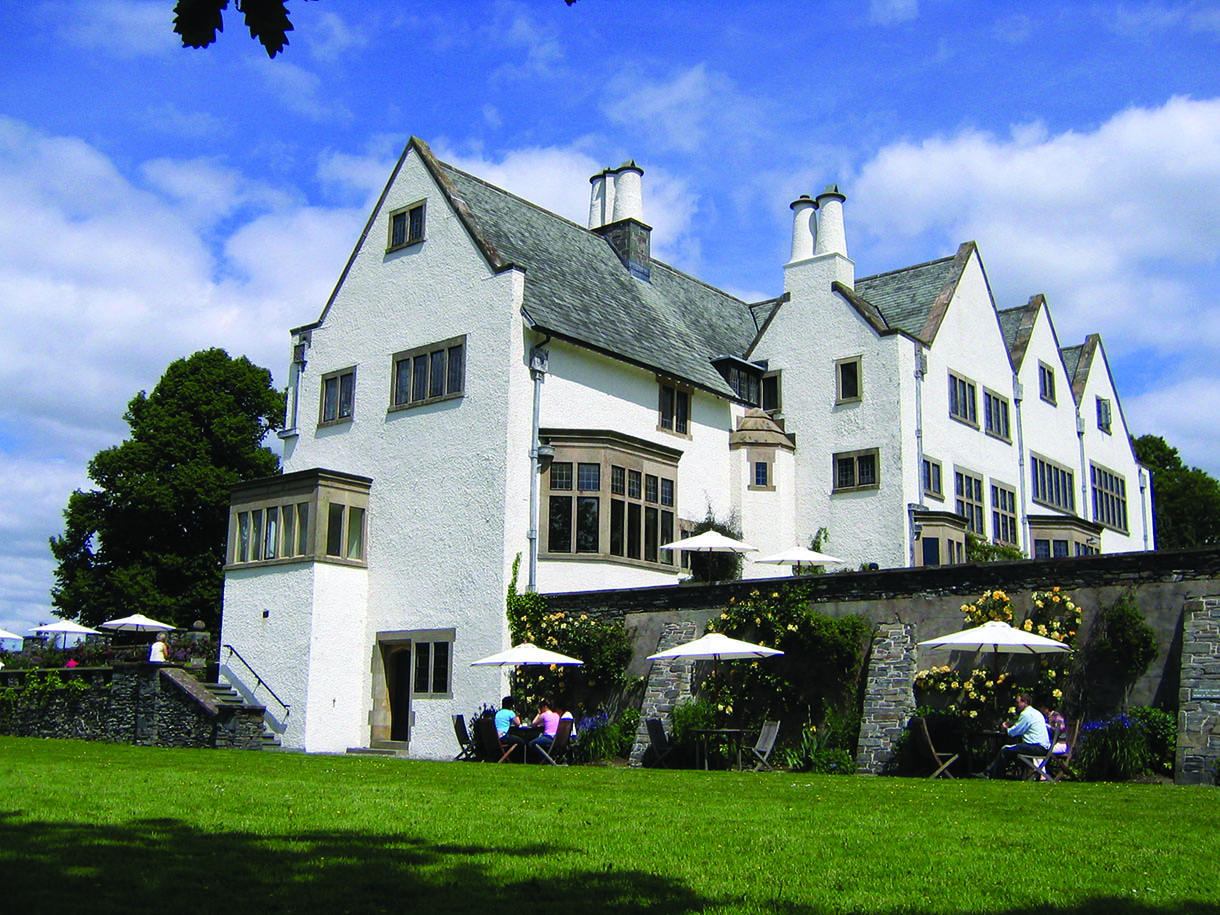
Blackwell House was designed by MH Baillie Scott in the Arts and Crafts style
The Blackwell Tulip table
I decided to take my design inspiration for my next project from the curves of the inlayed tulip and bluebell flower motifs set into a number of pieces of Arts and Crafts furniture at Blackwell and this quickly led to a number of sketch ideas which I was encouraged to refine and develop over the next couple of weeks. A real plus of CAD is the ability to ‘walk around’ your design in three dimensions and this allowed me to see the potential of incorporating glass into my table to reveal internal faces of the top and apron, both of which would be made of a contrasting wood to the outer faces and thus accentuating the curved design motif. Finally, we were encouraged to work up a watercolour sketch of our finalised design and present back to the group as if they were commissioning clients. Feedback on my design was positive and allowed further detailing, timber selection and construction techniques to be finalised. The final design has been converted into workshop drawings and work will start soon on making the table from rosewood (Dalbergia nigra) and ripple sycamore (Acer pseudoplatanus).
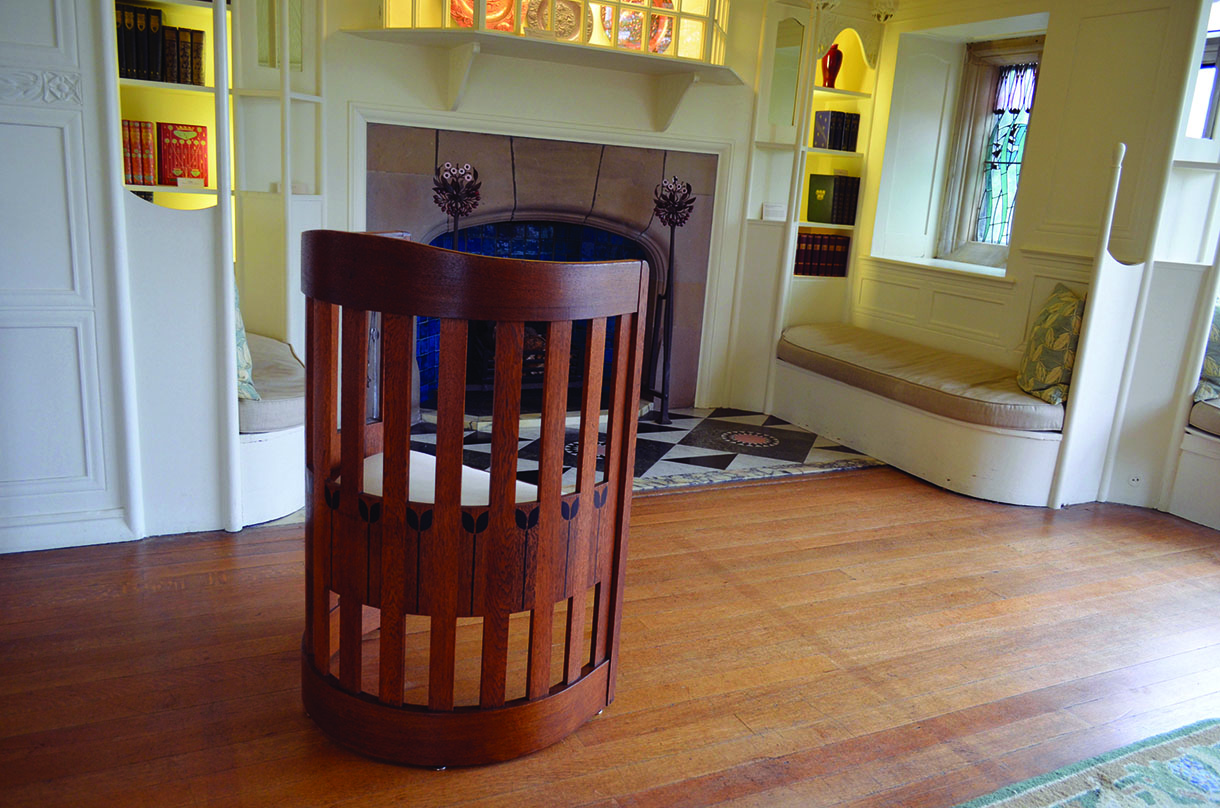
Barrel chair with tulip motif by MH Baillie Scott
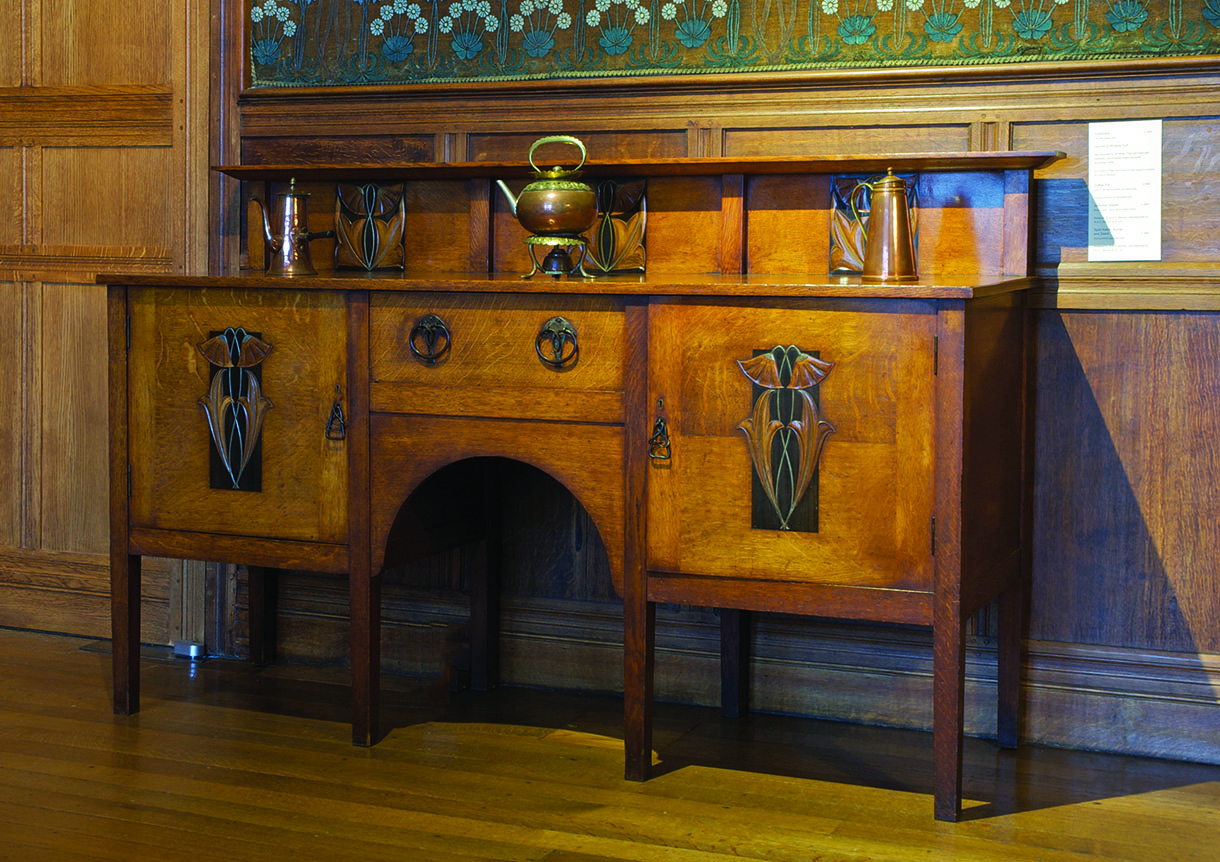
Sideboard with carved bluebell motifs by MH Baillie Scott
Five key design principles David has learned at furniture school
1) Justification: it is always valuable to justify your design decisions.
2) Coherence: is the whole design coherent?
3) Details: ‘The details are the design’ (Charles Eames). OBSESS about the details until you believe there is no way of improving.
4) Less but better: designs should improve if focus is given to fewer details.
5) Structure: how will it be made and is it structurally sound?


